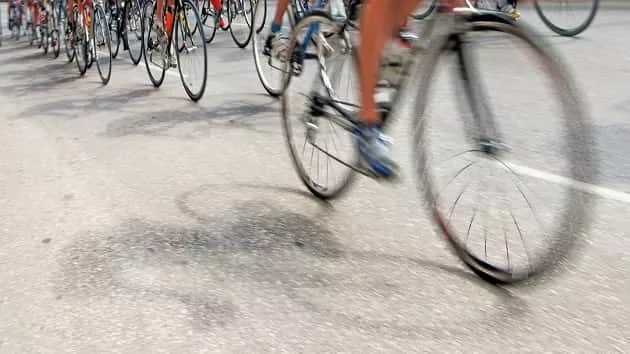Electric-assist bicycles (e-bikes) are now allowed on trails where other bicycles are allowed unless specifically prohibited at Oregon State Parks.
E-bikes are also allowed on the ocean shore on wet sand except where specifically restricted.
Previously, e-bikes were only allowed on trails that were at least 8 feet wide. Signs will be posted on trails and areas where e-bikes are not allowed, and the trails and areas will be listed on the Oregon State Parks website.
Where e-bikes are not allowed:
- On the dry sand along the ocean shore, including soft sand, dunes and everything above the natural high-tide line
- On the wet sand below the natural high-tide line in snowy plover habitat on the ocean shore during nesting season (March 15 to Sept. 15).
- Elijah Bristow State Park (all trails)
- Willamette Mission State Park (all equestrian trails and the Vision Trail)
- Clyde Holliday State Recreation Site (Riverside Trail)
- Emigrant Springs State Natural Area (Lewis and Clark Trail)
The updated rules also include stronger and clearer language on safety, particularly operation around other visitors, pets, children and equestrians.
“We ask that all riders ride responsibly, stay on designated trails and yield to others at Oregon State Parks and the ocean shore. Please keep operating speeds low as people might not be aware that riders are approaching. These are multi-use pathways where they will share the trail with many other users,” said Aaron Raines, park manager at Stub Stewart State Park.
The rules apply to Class 1, 2 and 3 e-bikes as defined by the Oregon State Legislature. Anything not included in those e-bike classifications is considered a motor vehicle and is not allowed on trails.
E-bike classification:
- Class 1: Provides assistance only when the rider is pedaling and ceases to provide assistance when the bicycle reaches the speed of 20 mph.
- Class 2: May be propelled by its motor without a rider pedaling and ceases to provide assistance once the bicycle reaches a speed of 20 mph.
- Class 3: Provides assistance only when the rider is pedaling, ceases to provide assistance when the bicycle reaches the speed of 28 mph, and is equipped with a speedometer.
While education remains the primary focus for rule enforcement at Oregon State Parks, enforcement rangers do have the authority to issue citations, which carry fines starting at $100 for significant or repeated violations of park rules.
Safety tips for sharing the path:
- Yield to pedestrians, horses and slower users
- Announce yourself when passing (“On your left”)
- Ride at a safe, controlled speed, especially on corners or in high-use areas
- Slow down near pets, children and equestrians
- Stay on designated trails: do not ride off-trail
- Be prepared to stop: e-bikes are heavier and often faster than regular bikes so increase your following distance to allow for more time to stop and slow down.
For more information and a list of trails where e-bikes are prohibited, visit Oregon State Parks website at https://stateparks.oregon.gov/






